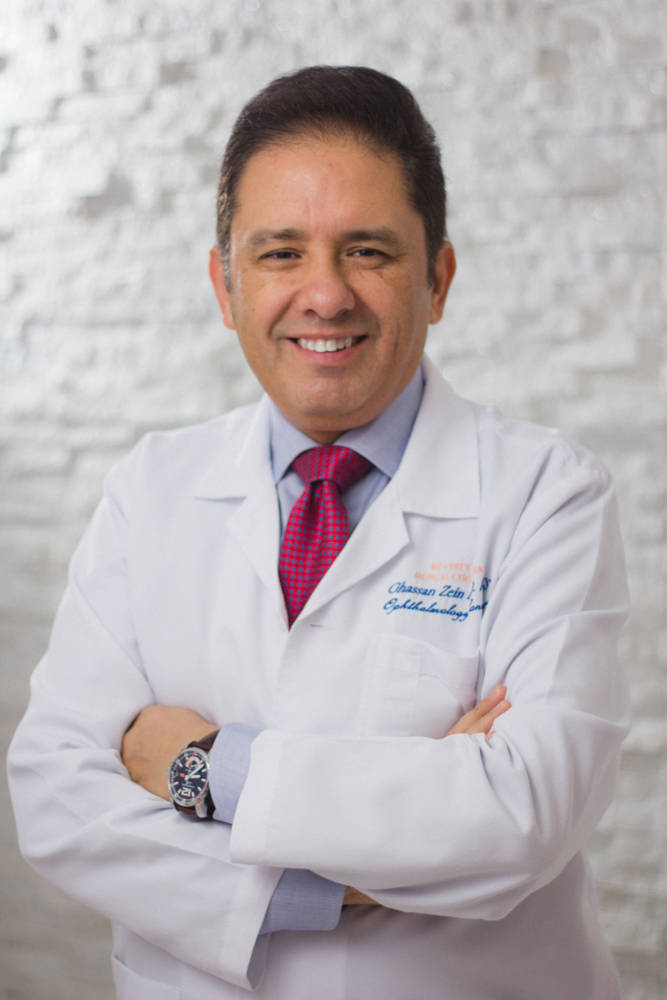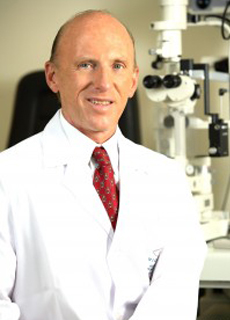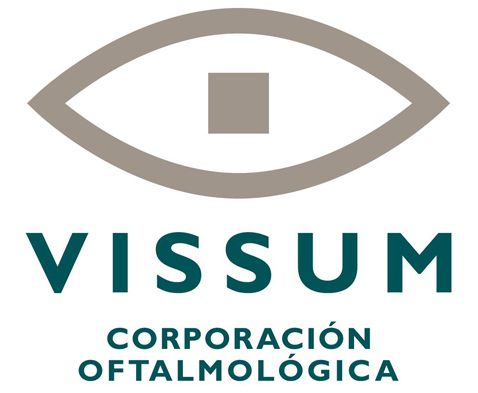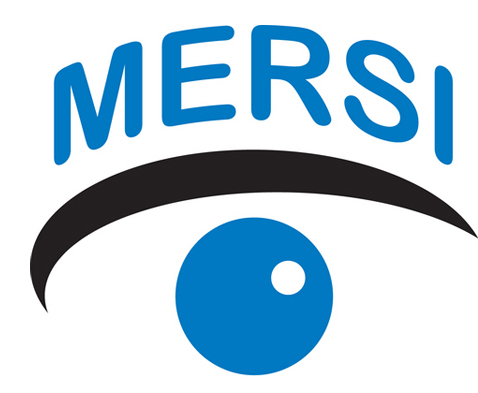REQUEST AN APPOINTMENT
TESTIMONIALS
About PRK
Beverly Hills Medical Center of Kuwait offers an easy-to-access and unique location that is attached to the world-famous Symphony Style Hotel Kuwait. We have renowned eye doctors fly in from all over the world, including chiefs of different established hospital departments, professors from top schools and programs around the world, and Harvard-trained experts. The CENTER, which takes up two entire floors of the Symphony Style Hotel Kuwait building, offers VIP doctors, outstanding patient service, EMR, and the absolutely latest technology. The CENTER attracts patients from around the world, and there is nothing else like it in the entire Gulf.
Photorefractive keratectomy, also known as PRK, is an in-office, outpatient laser eye surgical procedure to relieve a person of their dependency on glasses or contact lenses. Since PRK uses an excimer laser during the procedure. PRK has been around since 1987 and is now the most popular corrective eye surgery today aside from LASIK for nearsightedness (myopia), farsightedness (hyperopia), and astigmatism.
PRK is highly accurate in correcting many cases of nearsightedness. Approximately 80% of PRK patients have 20/20 vision without glasses or contact lenses one year after the surgery and 95%-98% have 20/40 or better without glasses or contacts.
This procedure permanently changes the shape of the anterior cornea using a laser to remove a small amount of tissue at the front of the eye just like Femto-LASIK. However the difference is that instead of a flap being created, the outer layer of the cornea is simply removed. For mild to moderate nearsightedness (myopia) it only removes about 5-10% of the first layer of the cornea while for more extreme cases it can be up to 30% (about the thickness of three human hairs).
Since every eye is unique, your ophthalmologist will map your eyes during your consultation, again at your pre op appointment, and again before the procedure. Once the machine has been calibrated to your exact prescription, he will place an eyelid holder to keep your eye open while the procedure is taking place and administer some numbing drops as well.
Using the laser, your ophthalmologist will remove the epithelium, also known as the protective surface layer, from your eye. This layer heals about 3-5 days later. Your ophthalmologist will smooth and reshape the area using computer controlled cool laser light pulses, not even touching deep cell layers of the eye. The ability to sculpt rather than to cut the cornea, gives the surgeon the ability to treat other conditions as well such as nearsightedness, farsightedness, and astigmatism. Most importantly, this procedure helps to preserve the integrity of the corneal dome. The PRK process itself only takes just minutes. After the procedure, a clear contact lens will be applied to protect the eye and then is removed about three days later. To avoid any hazing and reduce swelling, anti-inflammatory eye drops may be applied.

Am I a candidate for PRK?
PRK is a great alternative to Femto-LASIK and typically recommended if you are not considered a Femto-LASIK candidate. Once your ophthalmologist performs your pre-operation corneal mapping, he can decide whether or not Femto-LASIK or PRK is right for you. Typically, the reason PRK would be recommended over Femto-LASIK is if combined with a high prescription, you have a thin cornea. The laser will be reshaping the cornea and so a certain amount of corneal tissue is required for it to be safe and leave you with a sufficient corneal bed post procedure.
PRK is a great option for patients over the age of eighteen with stable vision for at least one year looking to improve their eyesight and eliminate the need for glasses or contacts.
Ideal candidates meet one of more of the following:
- Athletes with a possibility of eye trauma
- Patients who are not candidates for Femto-LASIK because of corneal thickness
- Patients with large pupils
- Patients who have had previous eye surgery
- Patients free of glaucoma or cataracts
PRK vs. Femto-LASIK
PRK and Femto-LASIK are both outpatient in-office procedures done by an ophthalmologist. Both are refractive eye surgeries that require their patients to be over the age of eighteen with a stable prescription for at least a year and correct medium to sever myopia, hyperopia, astigmatism or presbyopia.
Femto-LASIK is essentially a pain free procedure although patients may have a slight perception of a foreign body in the eye and be slightly uncomfortable for about two days. Recovery is very speedy, about one to two days. The recovery time for PRK is longer than Femto-LASIK because the outermost layer of the cornea (the epithelium) has been removed and must re-grow. It is important to realize that the cornea is the fastest healing area of the body.
The main difference between the two procedures is that during Femto-LASIK a flap is created in the cornea during the first part of the surgery whereas during PRK the outermost surface of the cornea (the epithelium) is removed. However, the second step of the surgery is the same where the laser reshapes the cornea and corrects the vision. The difference lies in how the ophthalmologist gains access to the deeper layers of the cornea, either through a flap (Femto-LASIK) or by removing the epithelium (PRK).
The reason the recovery time is longer with PRK is that the epithelium that was removed will re-grow and also why it takes a little longer to get to the final results of clearer/better vision.
Before and After PRK: What to Expect
You will be given a thorough eye exam to make sure your eyes are healthy and that PRK is the best option. Your ophthalmologist will test for glaucoma, cataracts and other disqualifying conditions and ask questions about your lifestyle. Additionally you will undergo some basic testing including: a corneal topography that will photograph and electronically map your eye. The surgeon will use this map to customize your treatment since the surface of the cornea is like a fingerprint – everyone’s is unique.
After the surgery, your ophthalmologist will place a clear contact lens in the eye to protect the area where the epithelium was removed. This lens will be removed at your post-operative appointment three days later. Make sure you have a ride arranged to the procedure since you will not be able to drive yourself home. Rest and follow any post-operation directions, administering any eye drops when necessary. You will be sensitive to sunlight and avoid rubbing your eyes. You should be able to return to work in a day or two.
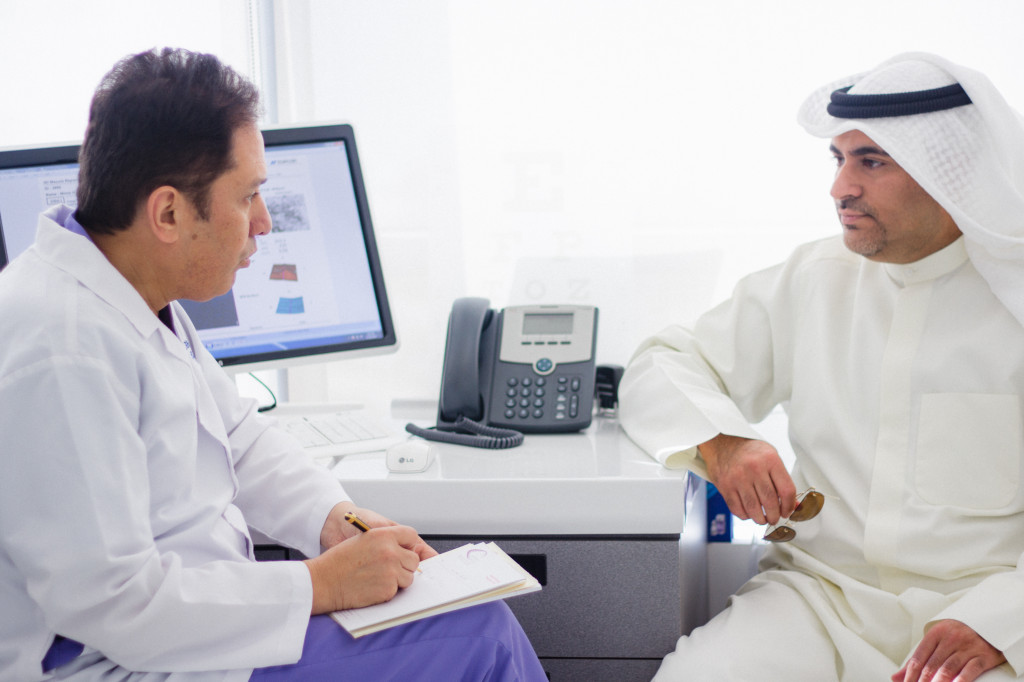
PRK FAQs
Are there any risks involved with Femto-LASIK or PRK?
There are always potential risks with any surgical procedures. During the refractive evaluation process, risks and complications will be discussed in detail with your ophthalmologist.
The most common risk of both PRK and Femto-LASIK is dry eyes and our ophthalmologists will start you on eye drops to assist with any dryness should there be any. Additionally, this typically goes away after the first month.
Will I have to wear glasses after surgery?
The results of PRK cannot be guaranteed like any other medical procedure. However, PRK is one of the safest surgical procedures there is in ophthalmology as well as all types of surgery. Typically less than 10% of patients need an enhancement (touch-up).
How long does the procedure take?
The actual procedure takes approximately 15 minutes per an eye. Pre and post-operative care will require that you be at the surgery center approximately two hours.
When will my vision become clear and stable after surgery?
Unlike Femto-LASIK where you see 20/20 the next day, the clarity of vision after PRK takes a bit more time because the outermost layer of the cornea must regrow since it was removed. Typically, your vision will become very clear a few weeks to a month after the procedure.
Is the surgery painful?
PRK is performed on an outpatient basis. Your eye is numbed with eye drops and you will feel minimal discomfort during the procedure.
Will I experience pain immediately after surgery?
Patients may experience a gritty sensation with some light sensitivity, some discomfort, and tearing for approximately three to five days.
What will I experience after PRK surgery?
After PRK, you may experience glare and light sensitivity, which should improve in time. While the epithelium is healing you will also experience fluctuations in your vision until it is completely healed.
When can I return to work after surgery?
You can usually return to work about 1-2 days after PRK, depending on the patient’s discomfort and vision needs.
What should I expect for follow-up care after PRK surgery?
The patient will have a bandage contact lenses on and sleep is recommended immediately after returning home. The patient will also have a post-op appointment the day after surgery as well as three days after and one week after to ensure the eyes are healing properly.
If you are considering any type of refractive eye surgery, schedule a consultation with a refractive eye surgeon at Beverly Hills Center of Kuwait today by calling +(965)-222-89999!
Next, learn about corneal ring implants.
